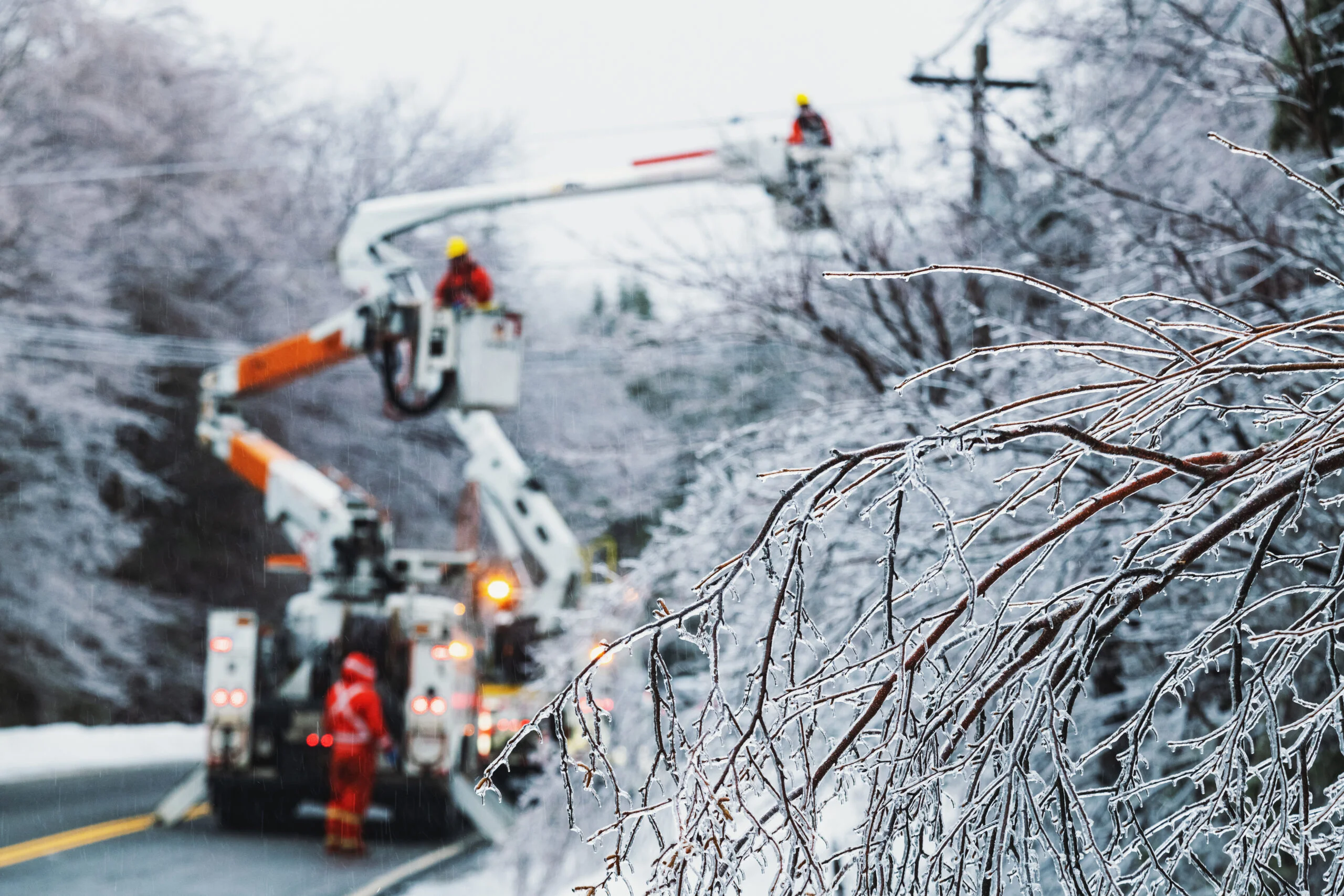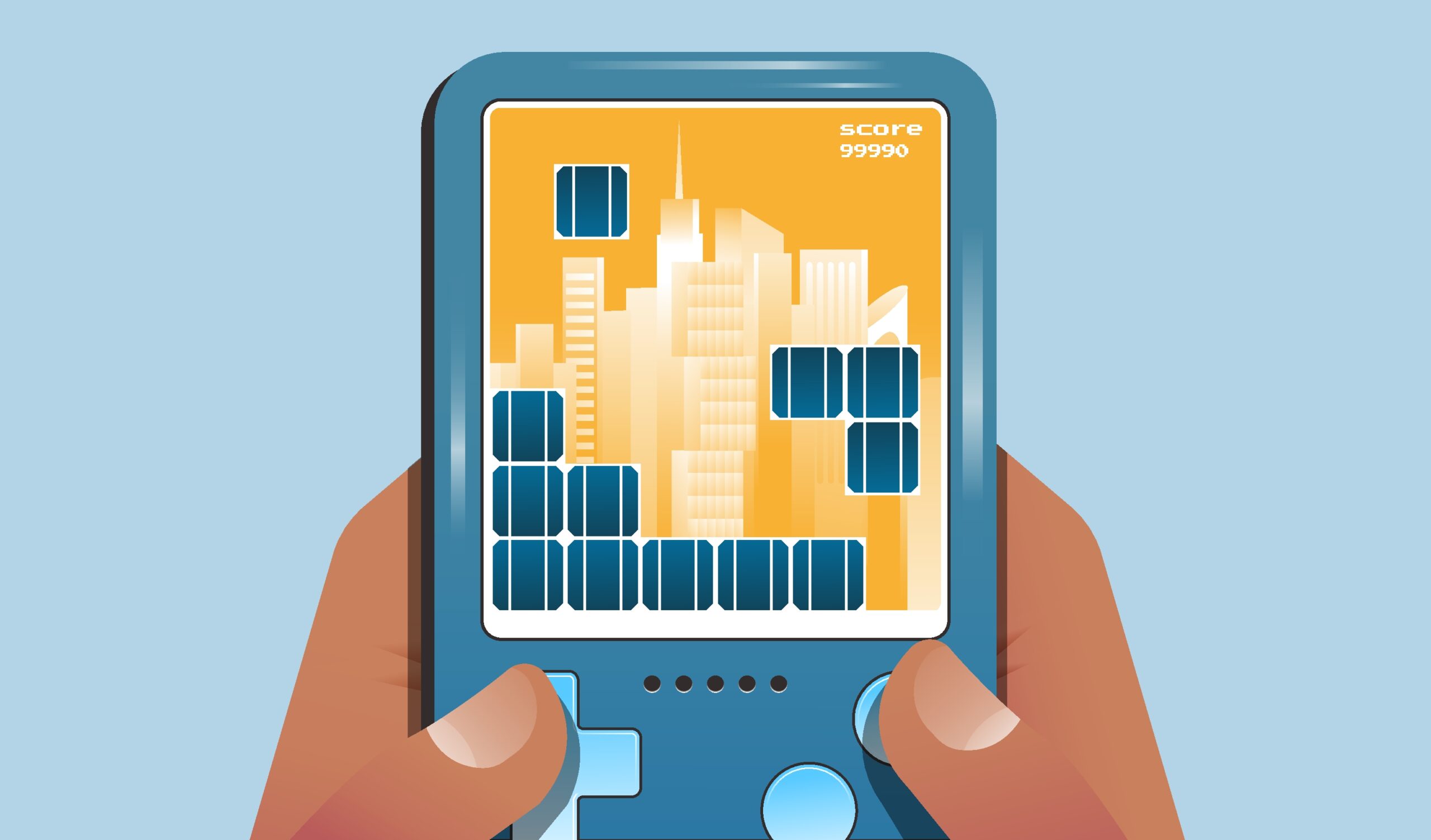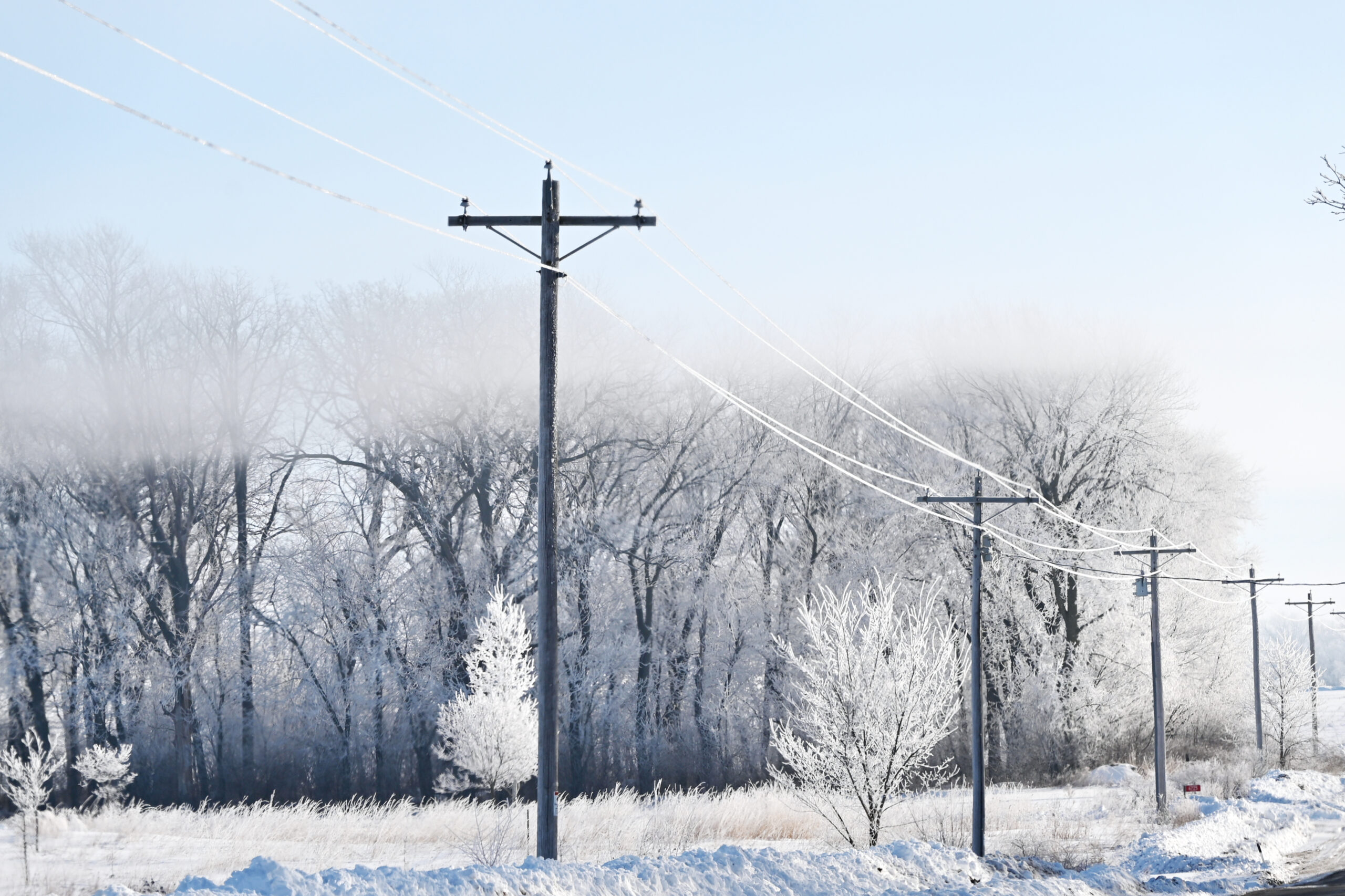In June, New England experienced a heatwave that threatened the region’s grid stability. To meet demand, grid operators aggregated rooftop solar and battery energy storage systems (BESS) into a virtual power plant, which redistributed communally generated power to resupply energy. For the first time in a decade, U.S. energy consumption is on the rise, driven in part by energy-hungry AI and data center developments, supply chain and tariff challenges, extreme weather events, and ongoing electrification efforts. As such, demand flexibility programs, such as virtual power plants, are one of several demand flexibility strategies, including demand response and EV charging, used to redistribute or conserve energy at the grid scale. While these programs usually run in response to summer heating energy needs, they are equally useful in managing the increasingly erratic winter peaks via gas demand response programs that grid operators are planning for right now.
With summer halfway over, are grid operators prepared to manage winter peaks? Read on to learn how gas demand response programs can help.
The Relationship Between Climate Change & Volatile Winter Weather
Climate change refers to a long-term, incremental shift in temperature and weather patterns, a natural phenomenon that repeats over geologic time scales. Still, overwhelming scientific consensus supports that climate change is exacerbated by human activity like burning fossil fuels as an energy resource, which has increased the volume of greenhouse gases in the atmosphere. In the short term, this has led to an average increase of 4º of 235 U.S. locations from 1970 and 2024, in turn lowering temperature extremes and shrinking the possibility of cold snaps. That’s good news, right?
As temperatures warm, Earth’s atmosphere collects and holds more moisture, which leads to more precipitation. Warming Arctic temperatures compound this problem by shifting high-pressure systems, which displace cold fronts and cause them to move south. Because of that, researchers have found evidence that extreme winter weather events are becoming more frequent. Unfortunately, with key U.S. weather services subject to budget cuts, predicting these erratic weather events has become even more challenging. Fortunately, gas demand response programs leverage devices that, in many cases, already exist.
What is Gas DR?
Demand response is a concerted conservation effort that has existed for more than four decades. Functionally, demand response is an aggregation of otherwise disparate resources designed to shift load to off-peak periods of usage to minimize overall demand. A conservation strategy, demand response decreases the overall energy need on the grid at the device level, through actions like lowering temperature set points. Individually, this is a drop in the bucket, but altogether, with enough participants, demand response decreases the total demand by conserving energy during peak demand grid events.
Initially, demand response operated first through one, then later two-way radio switches, which were physically attached to targeted devices (historically HVAC units). These radio switches were limited in their capacity, offering little data and minimal device management options.
– Syd Bishop, Sr. Content Specialist, Virtual Peaker
Modern distributed energy resources (DERs), which include solar, battery energy storage systems (BESS), electric vehicles and EVSE chargers, and smart home devices like thermostats and water heaters operate through the Internet of Things (IoT), WiFi-enabled technologies that communicate real-time and historical data. These devices are controlled by either a grid-distributed energy resource management system (DERMS), which manages utility-held DER assets like solar or battery installations, or a Grid-Edge DERMS, which aggregates behind-the-meter DER assets found in places like residential, commercial, or industrial properties.
Gas demand response is fundamentally the same, a device control scheme that manages gas-powered appliances by decreasing energy consumption at the device level. In this case, the fuel source is relevant for numerous factors:
- Gas behaves differently – Natural gas is slower to manage and easier to store for short periods.
- Market Pricing – Meeting supply and demand is not quite as simple as firing up a dirty and expensive peaker plant or purchasing from the energy market. Unlike electricity, which is often purchased or obtainable in real-time, gas is often purchased in long-term contracts.
- Peak event time – As noted above, winter weather peaks are far less predictable than summer peaks, but tend to last for longer periods. So while electric demand response typically functions on four-hour windows, gas demand response may need a longer window for grid events.
- Gas Advanced Meter Infrastructure (AMI) – Gas demand response functions through whatever electrical component manages gas fuel, meaning that all AMI data is comparatively limited.
- Time-of-Use Rates – Because of the differences in fuel source and procurement, the hourly pricing signals necessary to realize time-of-use rates are far more difficult to implement for gas.
Non-Pipe Alternatives
According to analysts, updates to the U.S. grid could cost well over $2.5 trillion by 2035, a number that continues to grow due to climate disasters, which cost the U.S. approximately $1 billion in 2024 alone, as well as lengthy supply chain queues and years-long interconnection queues. As such, gas demand response represents a non-pipe alternative (NPA). These non-pipe alternatives are designed to decrease, defer, or avoid the need to construct new or repair old pipelines in the gas distribution system planning process. This concept is played out for electric demand flexibility initiatives, as a non-wire alternative, which similarly seeks to reduce, defer, or entirely avoid replacing or upgrading existing energy infrastructure. Gas demand response is critical to this strategy, by deferring usage to off-peak periods of demand through aggregate conservation, decreasing the overall need for costly infrastructure upgrades.
Annual Gas National Usage & Forecasting
According to the Energy Information Administration (EIA), 61% of American households relied on natural gas as a fuel source in 2020. Since then, natural gas usage has declined faster than in the last decade, reflecting both environmental and climate changes, as well as continued global electrification efforts. Unfortunately, while usage has declined, the intermittency of winter weather extremes challenges grid operators to accurately forecast long-term demand for natural gas. Because gas is often purchased in advance, utilities may not be able to supplement their supply as rapidly as necessary to meet shifting demand needs.
Forecasting software is essential to better understanding potential needs. Forecasting can show the cubic feet of natural gas demand over time through real-time and historical data. This forecasting information can inform long-term purchasing and supply and demand decisions, while also providing opportunities for when gas demand response may be most likely. In doing so, you can communicate with customers to educate them on possible grid events and opportunities; customers want to know how to save money and are more likely to participate if so.
Conclusion: What is Gas Demand Response?
Last winter, the National Rural Electric Cooperative Association (NRECA) reported that North Carolina was at an elevated risk of blackouts during the winter months, after damaging summer storms (Hurricanes Helene and Milton) damaged infrastructure throughout the region. This damage created vulnerabilities along the grid, which further compounded the risk of winter blackouts. The important takeaway here? As noted above, the potential for erratic and volatile weather and temperature extremes has increased due to climate change, meaning that these challenges are just the beginning for utilities.
This is one of many reasons why the Lawrence Berkley National Laboratory reported that utilities need to prioritize winter peaking initiatives, exactly like gas demand response programs. Through gas demand response programs, utilities can conserve natural gas resources that may be in tight supply, whether that’s due to an unexpected blizzard or damaged infrastructure challenging the natural gas supply chain. In addition to enhancing grid resilience, gas demand response provides a revenue stream to utilities through aggregate demand savings: using less gas means spending less. Recent surveys indicate that Americans are warming up to winter demand response, making the time to plan for these lucrative, effective programs imminent. What are you waiting for?





